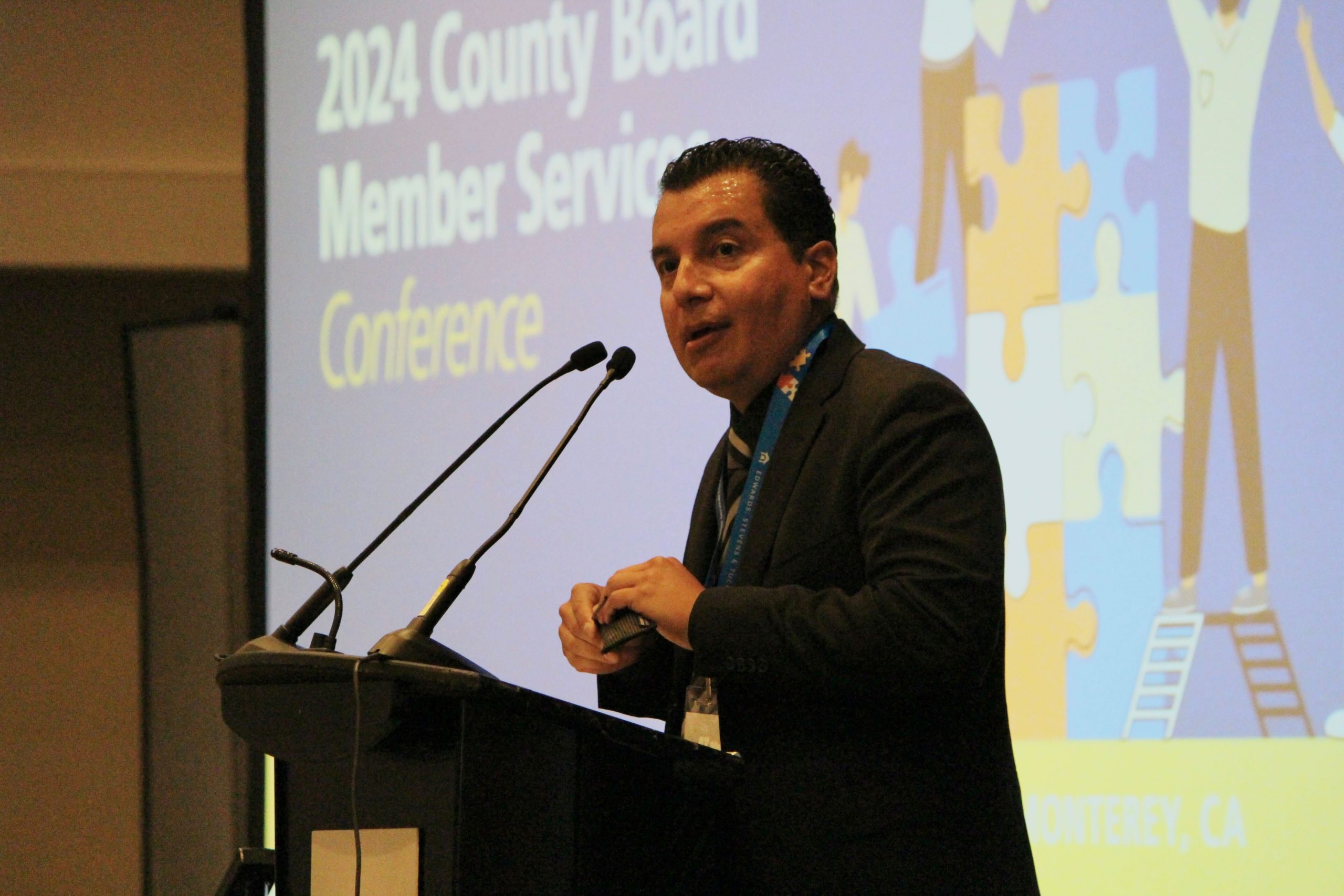By CSBA President Dr. Susan Heredia
Back-to-school season is always a major undertaking, but this year’s version is especially momentous. For the first time in 18 months, every California school district is open for full-time, in-person instruction. While that’s cause for relief in many respects, it also brings a set of daunting tasks for school governance teams trying to navigate the ongoing pandemic, stakeholder unrest, the safe return of students to campus, the complications of the new independent study law and strategies to unlock learning recovery.
This gauntlet of challenges has taken its toll on boards. Every day, the news carries fresh stories of protests outside school district offices, disruptions at board meetings, trustee recalls, parent complaints and disregard for state laws — as well as common decency. In this environment, it’s easy to lose sight of our mission: to provide the policy context in which students can thrive academically and socially. But that is what’s really at stake when board meetings are disbanded, and trustees are forced to operate from a place of fear. There is a national conversation about the loss of civility in our public spaces and a lot of gawking at the ugly spectacles we see unfolding around the country — and deservedly so. Despite this, the real tragedy is that our ability to do work in the public interest and to support student learning is being compromised.
Even though we are surrounded by turmoil, we as trustees must stand strong in our convictions, our duty to students and our obligation as elected officials to uphold the law. I understand it’s not easy. The night before I wrote this column, our meeting of the Natomas Unified School District board was ground to a halt by protestors, some of them from areas outside our community. Members of our board received personal death threats as well as threats against their children and families. We are not alone. Similar scenes are playing out across California and around the country. We can be intimidated by this and withdraw from the fight, or we can look at this moment as affirmation of the critical role boards play. If the stakes weren’t so great, emotions wouldn’t run this high.
Our challenge now is to try and manage these tensions and channel these emotions in a productive fashion. I can hear you now, “easier said than done.” I agree. There are no simple or foolproof ways to deal with protests or contentious board meetings. There are, however, some strategies that can help mitigate — although not eliminate — the hostility:
- Widely publicize your board’s procedures, protocols and norms in advance of the board meeting, make sure relevant ground rules are posted in high-visibility locations at the meeting venue and state them clearly at the outset of the meeting.
- Facilitate multiple ways in which stakeholders can provide feedback. To the extent possible, avoid making board meetings the only place for community members to air their views. Ahead of board meetings that promise to be contentious, try to hold multiple information sessions and town hall style meetings in different parts of your district. These offer numerous opportunities for input and the ability to work with smaller groups.
- Consider the role facilities play in the meeting climate. A large group of people crowded into a cramped space with poor ventilation will intensify already raw emotions. If you are able to move meetings to a larger space where people are more spread out, they may feel less agitated and less likely to feed off each other’s negative energy, leading to a more civil debate.
- When large numbers of speakers are expected, you may want to consider adjusting the amount of time allotted to each speaker to keep the meeting moving and lessen frustration for those waiting. The key here is to enforce these rules fairly and consistently, and to publicize them beforehand.
- Consider placing items of great public interest near the front of the agenda so you don’t have an aggrieved audience that gathered for one topic stewing in their seats, anger building, as they wait for their agenda item to be called.
Of course, even the most well-planned and administered board meeting will not stop disruption if attendees are intent on derailing the proceeding. As CSBA’s legal staff noted in our recent webinar, “Governing in a Time of Chaos,” when a speaker or member of the audience willfully prevents the board from conducting its meeting in a reasonably efficient manner, boards may respond in a variety of ways:
- Use the gavel to warn the audience that the meeting will not continue until disruptive conduct or speech ends
- Announce that the speaker is out of order and announce authority to remove speaker
- Continue the item to later in the meeting or to another meeting
- Recess the meeting and announce authority to clear the room if order is not restored
- Recess the meeting and clear the room
- Recess the meeting and move it to another room with just the media and non-disrupters present. Consider providing another space for the disruptors
- Adjourn the meeting to another day
I deeply hope you will not have to employ these tactics, but I also want you to be prepared in the event you find them necessary. As trustees, we must encourage robust public engagement that informs our work as governance practitioners while also maintaining an environment where the conduct of a few does not squelch the free speech rights of the many or prevent us from discharging our duties on behalf of students.





